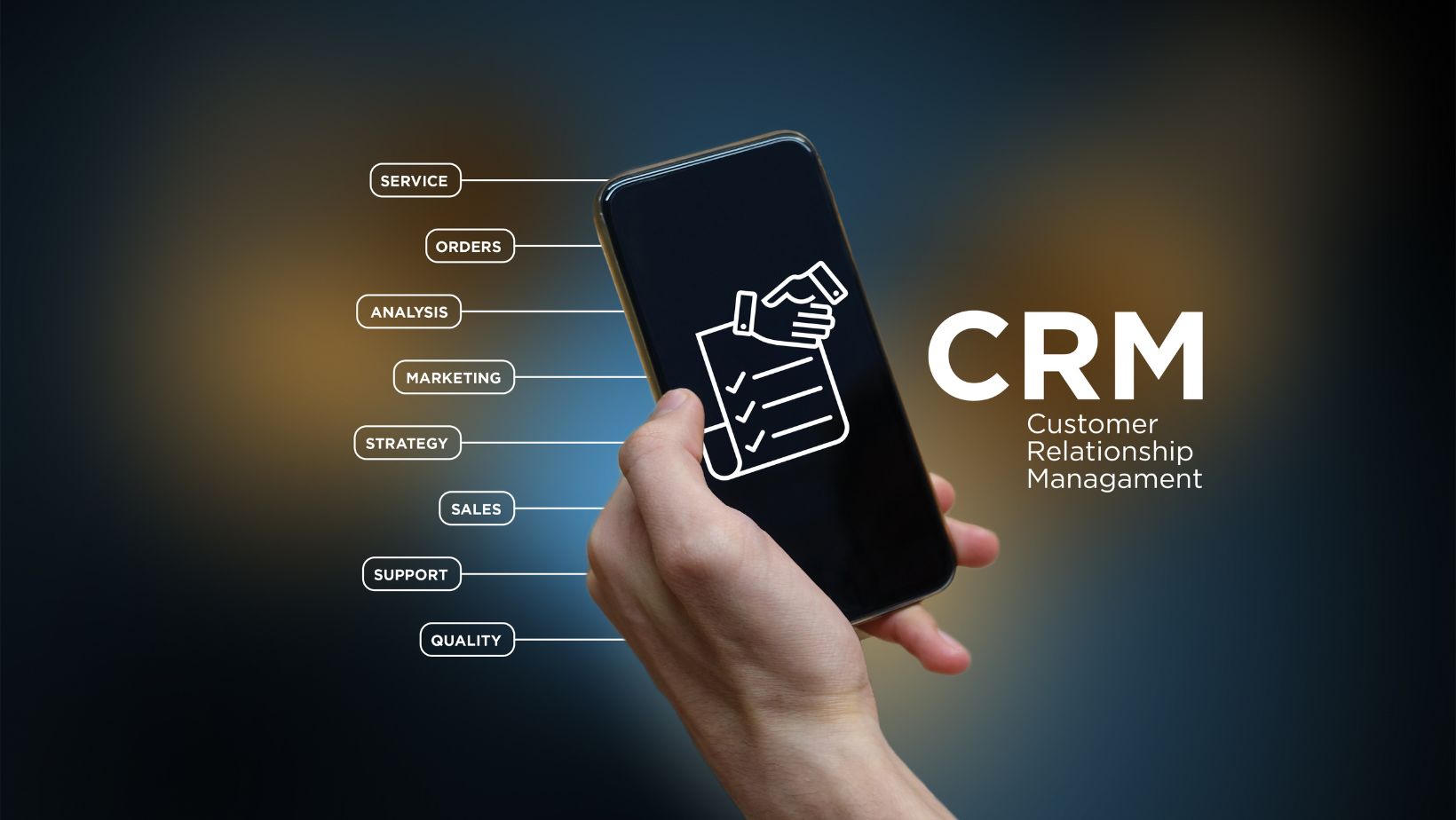In the fast-paced world of modern business, Customer Relationship Management (CRM) systems have become essential assets. These systems empower businesses to gain a deep understanding of their customers, make accurate sales predictions, and streamline operational workflows.
However, the potential of CRMs soars when combined with the right complementary tools. Among these tools, document processing emerges as a vital but often underappreciated ally. This is where intelligent document processing solutions excel.
To uncover how this integration can be a strategic game-changer for businesses, continue reading and discover its advantages.
Why CRM And Document Processing Should Collaborate
In today’s digital age, the vast amounts of data businesses handle daily is staggering. For companies striving for optimal efficiency and customer satisfaction, a streamlined data management process becomes essential. This is where the symbiotic relationship between CRM and document processing emerges as a game-changer.
To better understand the advantages, consider the following compelling reasons:
- Unified data source: By integrating document processing with CRM, all data, whether from customer interactions or internal documentation, is consolidated into a single central repository. This unified source of data facilitates more coherent analysis and faster decision-making.
- Real-time data access: When both systems work together, it enables real-time access to essential documents during customer interactions. This lets service representatives quickly retrieve relevant information, leading to more informed discussions.
- Efficiency boost: Automated data entry from documents directly into the CRM eliminates redundancy. This translates into quicker operations and minimizes the risk of data discrepancies.
In essence, integrating CRM with document processing is a strategic imperative. The resulting collaboration streamlines operations, ensuring businesses are agile, accurate, and always ready to deliver top-notch customer experiences.
Key Benefits You Can’t Ignore
Amidst the array of tech solutions available for businesses today, the fusion of CRM and document processing stands out, offering a suite of benefits that can significantly elevate customer engagement and operational efficiency.
To fully grasp the advantages, let’s explore some of the most impactful ones:
- Data consistency: When CRM and document processing collaborate, businesses ensure a consistent data flow. All information from various sources is organized within the CRM, eliminating data discrepancies.
- Streamlined workflow: With documents being processed and fed directly into the CRM, staff members no longer need to juggle between platforms. This streamlined approach fosters efficiency, allowing teams to focus on what truly matters: customer engagement.
- Cost savings: Automation invariably leads to reduced manual interventions. This not only saves time but also translates to tangible cost savings as the need for manual data entry and potential error rectifications is diminished.
Integrating document processing with CRM offers a clear pathway to harnessing these benefits. As businesses continue to evolve, those that leverage this integration will undoubtedly position themselves ahead of the curve.

Implementing The Change
Transitioning to an integrated system of CRM and document processing might seem complex, but with the right approach, businesses can smoothly usher in this transformative shift.
For those considering this integration, the following are some pivotal steps to ensure a seamless transition:
- Evaluate your current system: Before merging document processing with CRM, it’s crucial to assess the strengths and weaknesses of your current setup. This helps in identifying specific areas that would most benefit from the integration.
- Choose compatible solutions: Ensure that the document processing solution you select is compatible with your CRM. It’s worth consulting with solution providers to identify tools designed for seamless integration.
- Staff training: Introducing a new system requires training. Equip your team with the necessary skills and knowledge to maximize the benefits of the integrated setup.
When businesses align their strategies with the right tools and best practices, the transition to an integrated CRM and document processing system becomes a transformative leap, promising myriad advantages in the long run.

Challenges To Be Aware Of
Merging CRM systems with document processing solutions undoubtedly offers a wealth of benefits. However, like any significant business transition, it’s accompanied by potential challenges.
It’s essential to recognize and understand these potential roadblocks to be well-prepared:
- Integration issues: Even with compatible systems, technical glitches can arise during the integration process. It’s vital to have a technical team on standby to address and resolve these issues promptly.
- Resistance to change: Staff accustomed to a particular workflow might hesitate to adopt the new integrated system. Clear communication about the benefits and the provision of adequate training can help ease this transition.
- Data security concerns: Combining two systems can sometimes raise concerns about data security. Ensure the CRM and document processing solutions adhere to industry-standard security protocols to safeguard sensitive data.
Awareness of these challenges allows businesses to devise strategies to address them head-on. By anticipating and planning for these potential hurdles, companies can ensure a smoother transition and fully harness the potential of their integrated system.
Conclusion
Merging CRM systems with document processing offers a compelling blueprint for future-ready businesses. While the journey involves understanding potential hurdles, the rewards of increased efficiency, cost savings, and enhanced customer experience are undeniable. Companies proactive in adopting this integrated approach position themselves favorably in a competitive landscape, ready to address modern business demands with agility.


